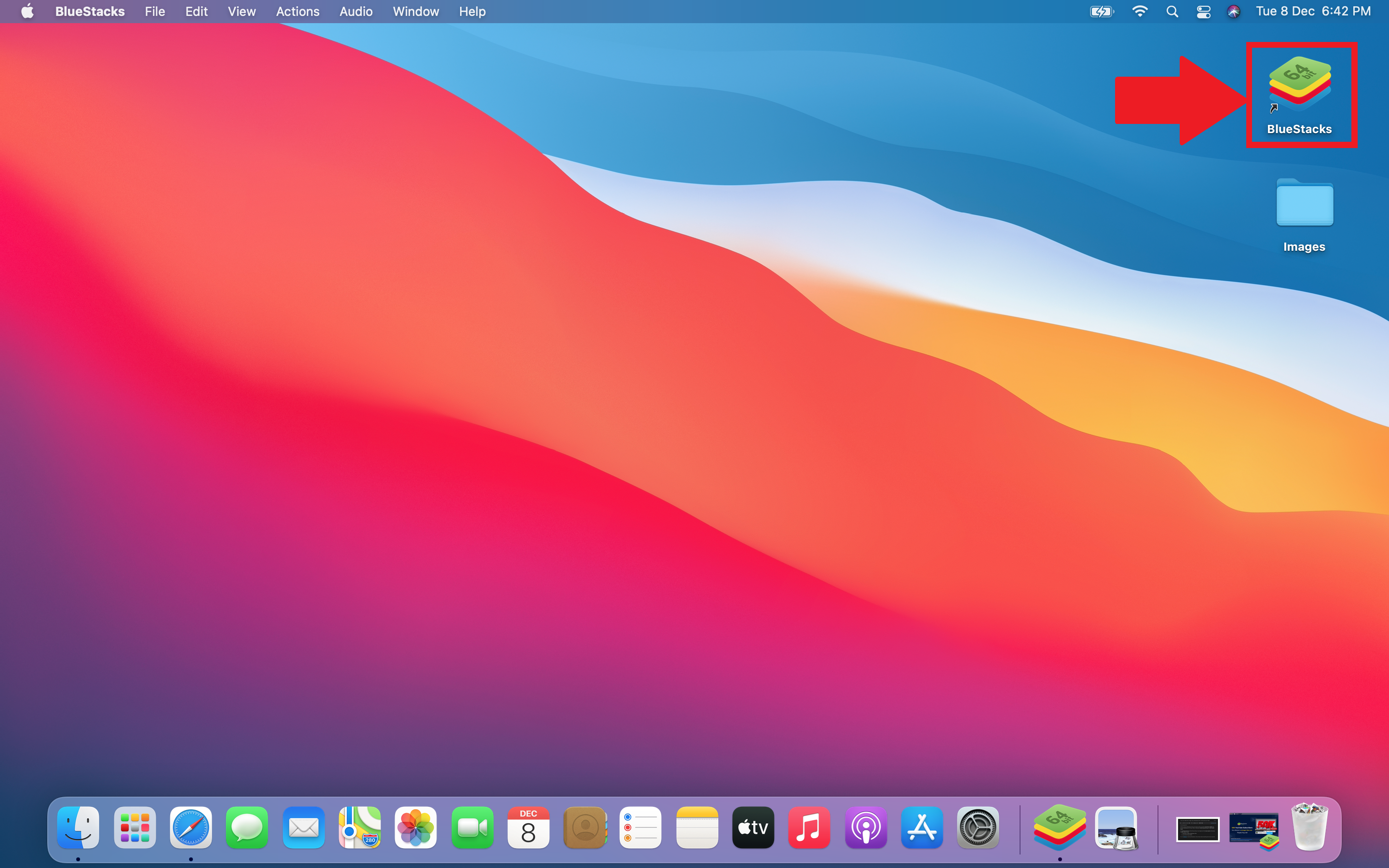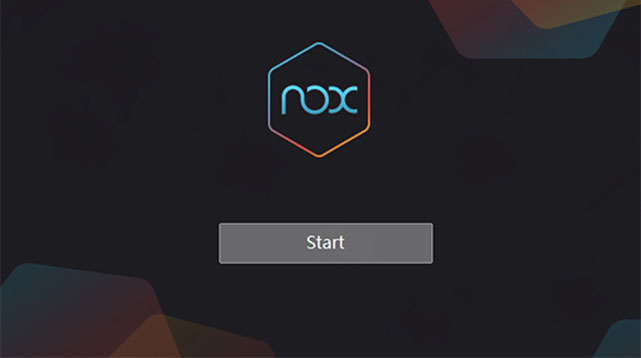

- #ANDROID EMULATOR CONFIG FOR MAC HOW TO#
- #ANDROID EMULATOR CONFIG FOR MAC ANDROID#
- #ANDROID EMULATOR CONFIG FOR MAC CODE#
- #ANDROID EMULATOR CONFIG FOR MAC DOWNLOAD#
Also, you should make sure to leave Windows enough RAM to complete the settings properly.
#ANDROID EMULATOR CONFIG FOR MAC ANDROID#
If your computer doesn’t support Virtualization Technology or you emulator is still laggy when you are playing mobile games, you can try to reconfigure the CPU and RAM allocated to your Android emulator. Click OK to clean all the cache of the device. A pop-up will appear that asks whether you want to Clear cache data. Tap on Cached data that display the total amount of cache data of your device.
#ANDROID EMULATOR CONFIG FOR MAC CODE#
What is the code to clear cache on Android?Ĭleaning cache per-app basis on Android Tap on Storage Memory or Storage (the word may differ from device to device).

#ANDROID EMULATOR CONFIG FOR MAC DOWNLOAD#
#ANDROID EMULATOR CONFIG FOR MAC HOW TO#
If you run into any problems, it’s useful to know how to access the console logs. Here’s an image of the sample AVD that I created:Īt this point, you should be able to run the emulator with the following command: cd ~/Library/Android/sdk/tools And checking “Hardware keyboard present” will allow you to use your Mac keyboard (instead of having to poke at the UI with your mouse). Likewise, you need to check the box next to “Use Host GPU”, or the browser will crash with the same unhelpful message. If you don’t set up an SD Card, then the browser will immediately crash for no apparent reason. In order to get the menu to show up, I had to click to an unrelated window, then back to the Android SDK Manager window. You could create one from the command line, but let’s use the GUI for now. In order to run the Android simulator, you will need an “Android Virtual Device”.



 0 kommentar(er)
0 kommentar(er)
